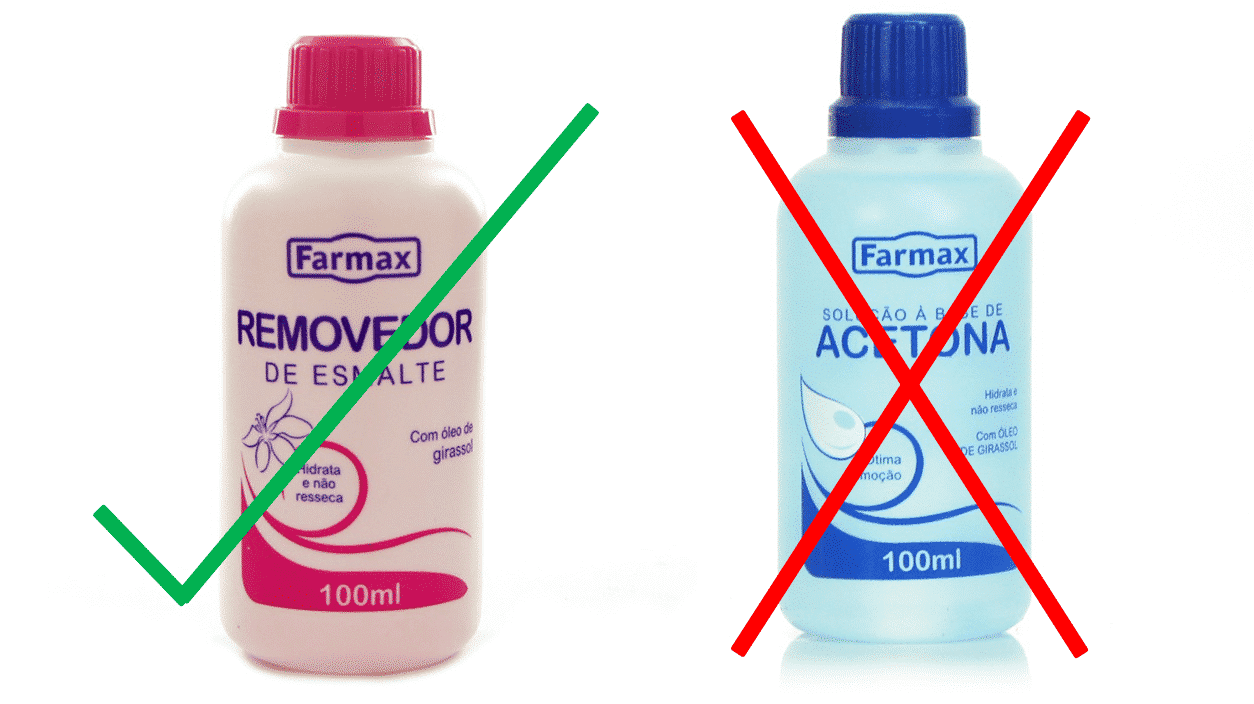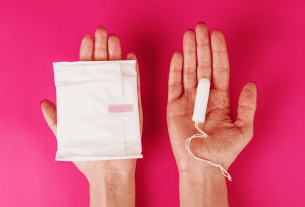After all, is there a difference between nail polish remover and acetone? What is the best option? Which is more efficient and less harmful to nail health?
Are you also part of the team of women who only care about quality nail polish and end up forgetting about the quality of nail polish remover? If so, it is extremely likely that you are not the only one. However, this is not the end yet. After all, the advantages and disadvantages of having a quality nail polish remover were discovered.
Certainly, removing nail polish remains a somewhat boring task for some. Even more so if it’s that famous red nail polish, or one full of glitter. However, one of the main differences between acetone and nail polish remover is the fact that acetone can remove nail polish faster.
Check below everything you need to know about the difference between nail polish remover and acetone, as well as which of the two is best, their types and qualities.
Acetone X Nail Polish Remover
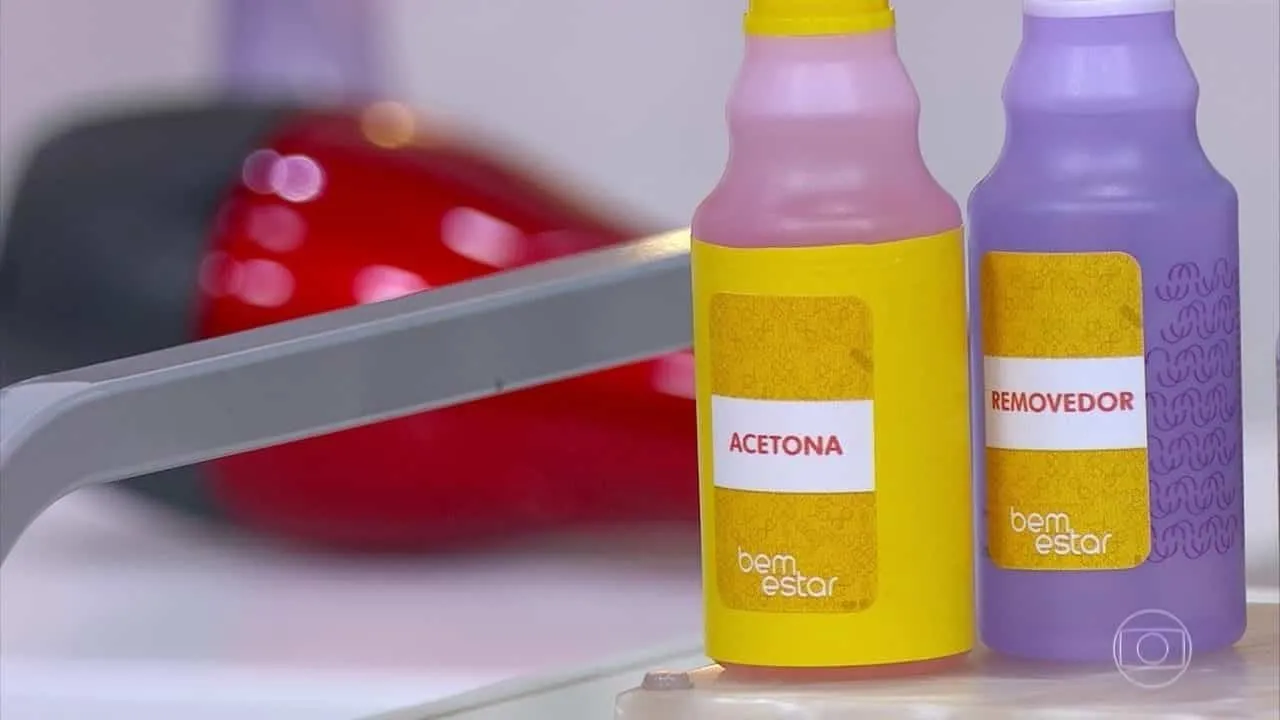
Although they both have the same function, which is to remove nail polish, they have different properties and results. The first characteristic that differs between the products is the smell. For example, the smell of acetone is much stronger than that of nail polish remover.
Furthermore, as already mentioned, because it has a stronger solvent than nail polish remover, acetone can remove nail polish more quickly. However, acetone has a more powerful damaging action than the other product. In other words, it can dehydrate the nail or cause inflammation of the cuticle and the emergence of fungi.
Meanwhile, nail polish remover does not stain the nail and still contains moisturizing properties. Therefore, we can highlight that acetone, in addition to drying out and staining the nail, also leaves it weaker.
Now, the remover, as it has a mixture of oils, vitamins and other more moisturizing ingredients in its composition; It is best suited for nail health. Because it is not an aggressive product, it does not cause allergies, dryness and even has a milder smell.
Types of Nail Polish Removers
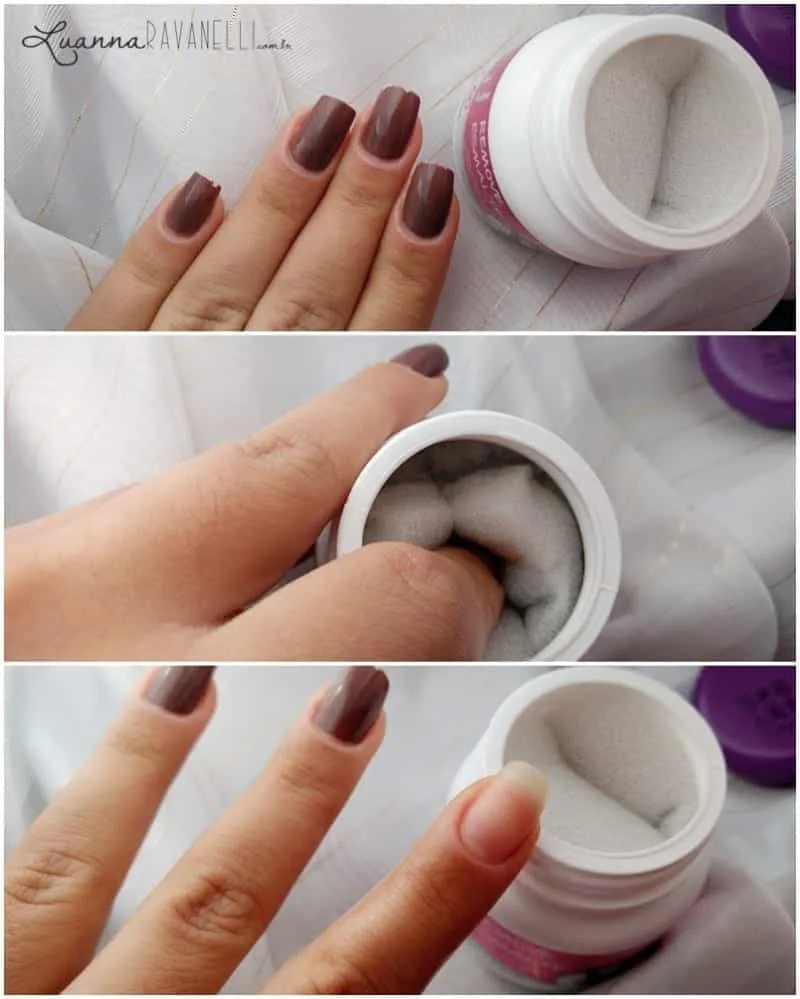
Above all, if you find it difficult to accept and start using nail polish remover, the news is not bad. Basically, the remover exists in countless types of products. In other words, you can choose one that suits you best.
Generally speaking, there are sponges, wipes and more. There are even little pots where you place your finger between sponges moistened with remover, and they clean your nail in seconds. In addition to these, we can mention the pen. Basically, it is best suited for cleaning those annoying corners, where leftover nail polish accumulates.
However, those who already use this type of remover say that it is not that effective in removing all the nail polish. However, the pen can only save you by completing the nail polish removal.
Baby wipes, on the other hand, are considered practical and effective. However, their downside is the fact that they leave your hands oily after use. Because of this, the best option remains the old habit of using cotton with nail polish remover.
5 myths and truths about acetone and nail polish remover
1 – Acetone weakens nails and dries out cuticles
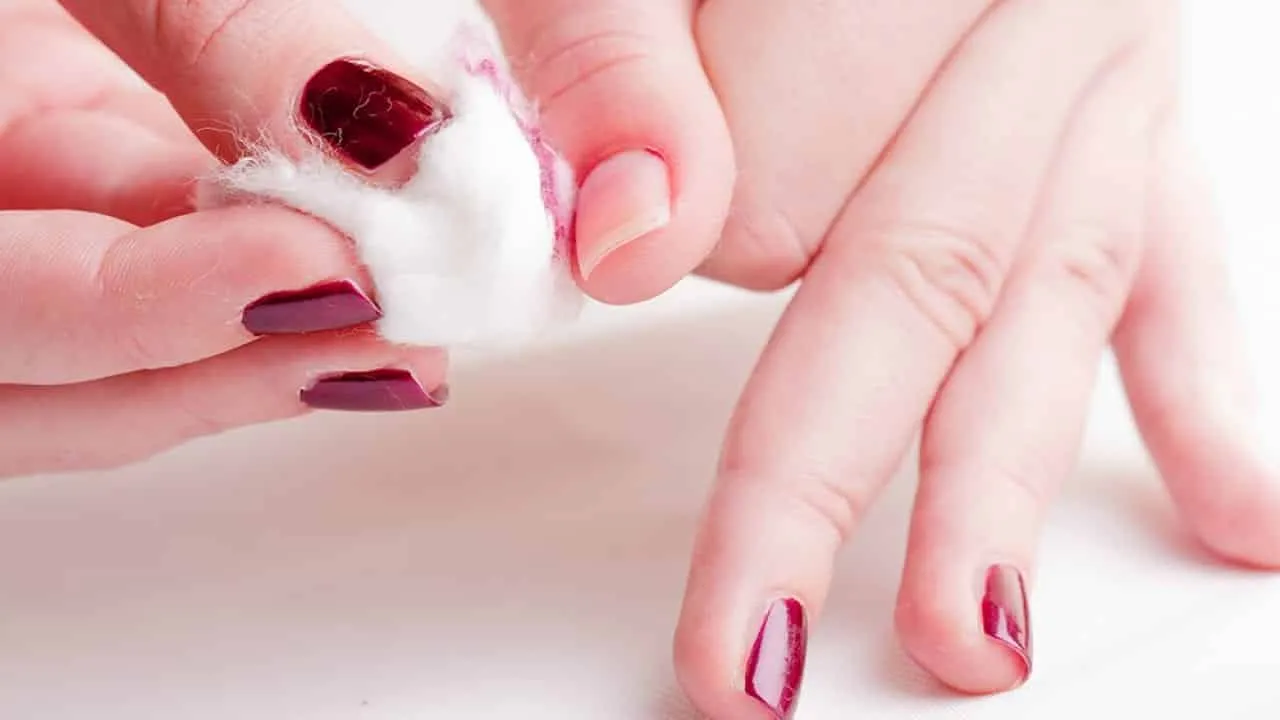
Mito.
In certain situations, this statement can turn into a myth. As we have already said, acetone contains substances that can cause dryness and opacity of the nails and surrounding skin. However, this will only happen if the area does not receive constant hydration. Therefore, if the area becomes dehydrated, acetone can make the nail weaker and more brittle.
2 – Do I need to rub my nails a lot with nail remover?
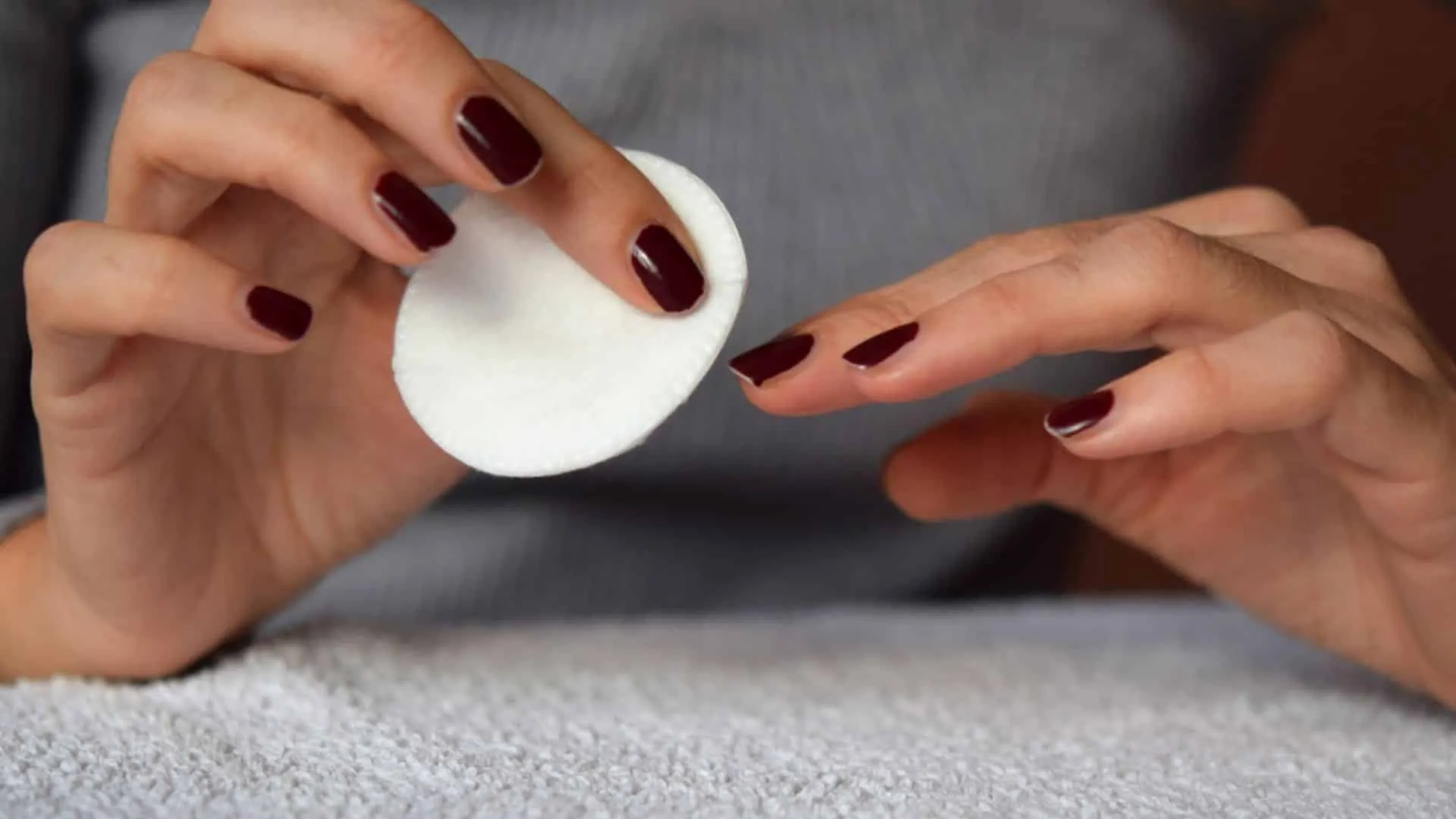
Mito.
Although acetone is quicker to remove nail polish, nail polish remover is not so inferior that it makes removing nail polish difficult. Because the amount of acetone inside the remover is enough to remove nail polish in a healthy way.
In fact, if you’ve ever had difficulty removing your nail polish with the remover, we recommend moistening a piece of cotton with the remover and leaving it on your nails for a few seconds. Afterwards, just remove the cotton and your nails will be clean.
3 – Does acetone leave nails white?
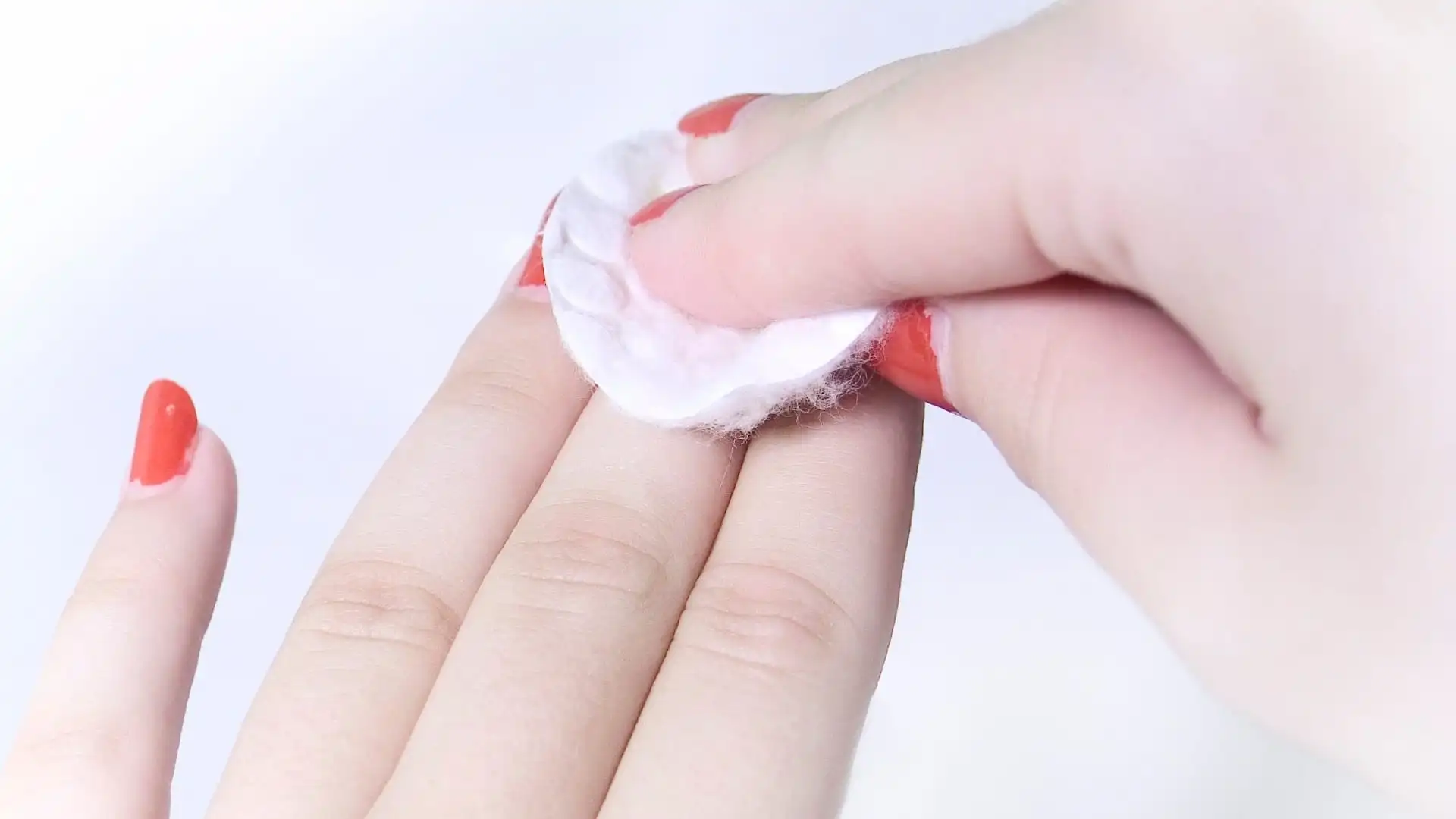
True.
Basically, acetone, as we said before, leaves your nails dry. Consequently, they will appear whiter than normal on the surface. And especially, those nails that are already very sensitive and brittle, by nature. In general, our tip again will be to maintain constant hydration in the area.
4 – Can nail polish remover hydrate the skin?
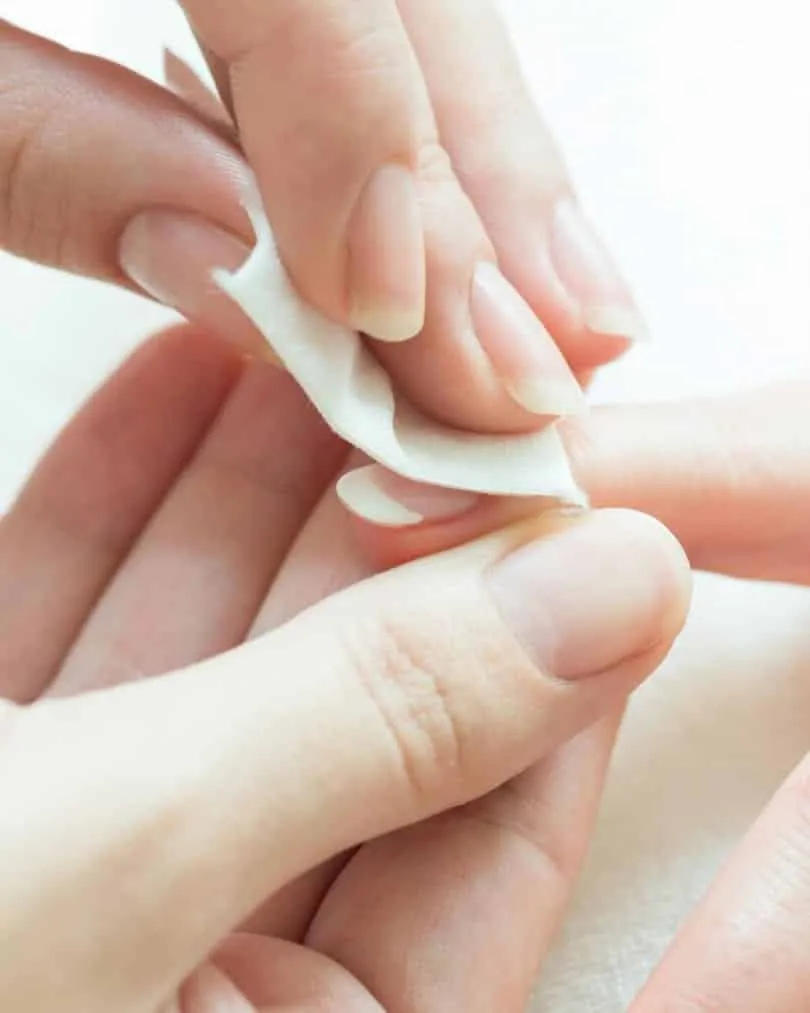
True.
Above all, nail polish remover contains oils and other substances that moisturize the skin. What’s more, they are considered by some experts to be hypoallergenic. Therefore, removers, in addition to removing nail polish, also moisturize the skin around the nails.
5 – It is not recommended to use acetone to remove nail polish from artificial nails
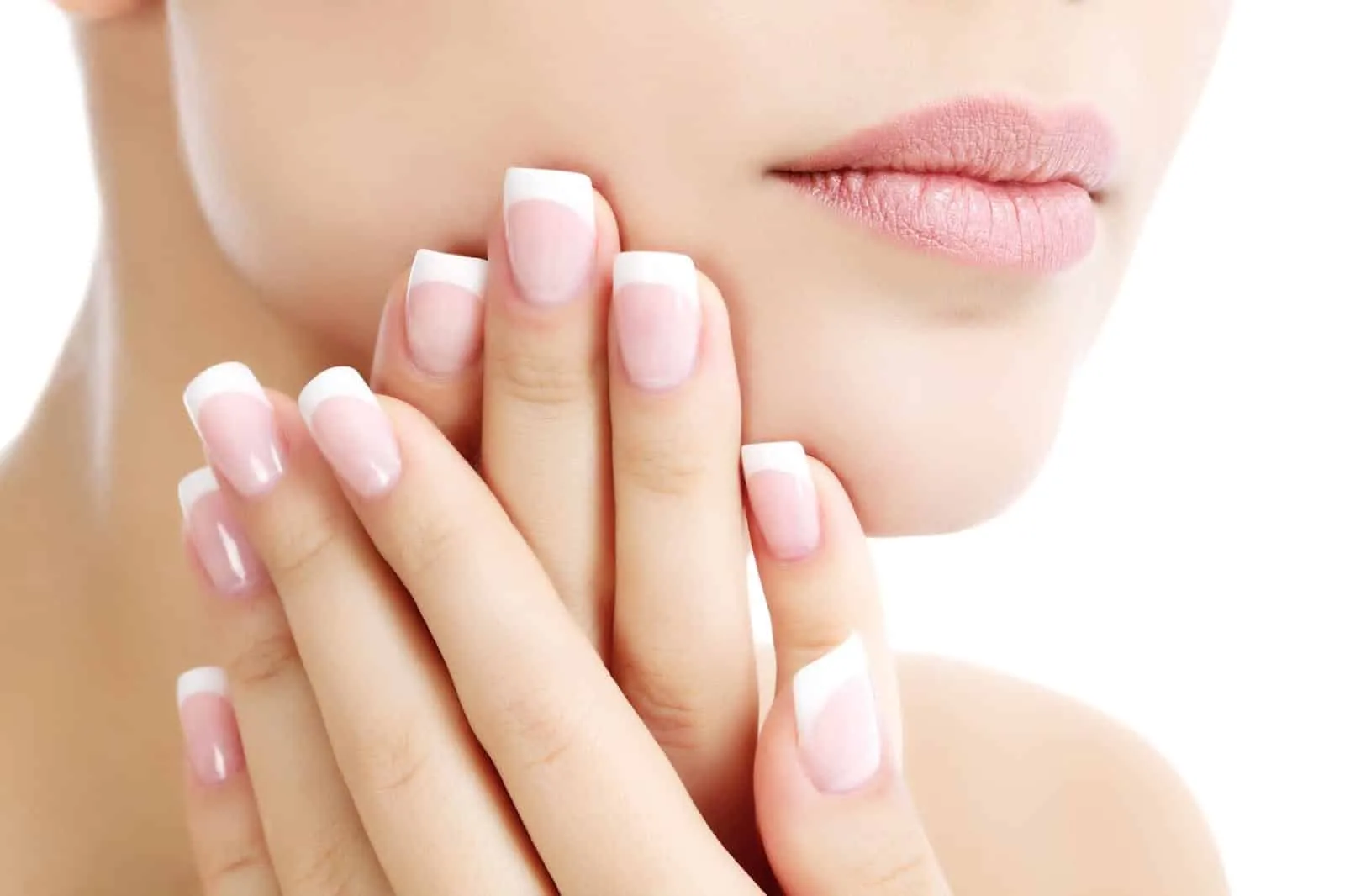
True.
At first, those artificial acrylic nails appear as sensitive nails. Therefore, the acetone solvent, due to its more powerful factor, can damage them faster. As for fiber nails, which are more similar to glass, acetone doesn’t damage them as much. However, it is still recommended to use the remover. Even because it prevents your nails from becoming allergic and opaque.
Anyway, did we manage to change your mind about nail polish removers?
Don’t worry, we still have more content to share with you: Top coat and extra shine, what’s the difference between them? And what are they for?
Sources: Beauty and health, Everything about make-up
Images: Whalicate, G1, Luana Ravanelli, Womens Health Brasil, Lapada Lapada, Universa, Tudo Ela, Cutelaria do Isaías

Sign up for our newsletter and stay up to date with exclusive news
that can transform your routine!
Warning: Undefined array key "title" in /home/storelat/public_html/wp-content/plugins/link-whisper-premium/templates/frontend/related-posts.php on line 12
Warning: Undefined array key "title_tag" in /home/storelat/public_html/wp-content/plugins/link-whisper-premium/templates/frontend/related-posts.php on line 13

